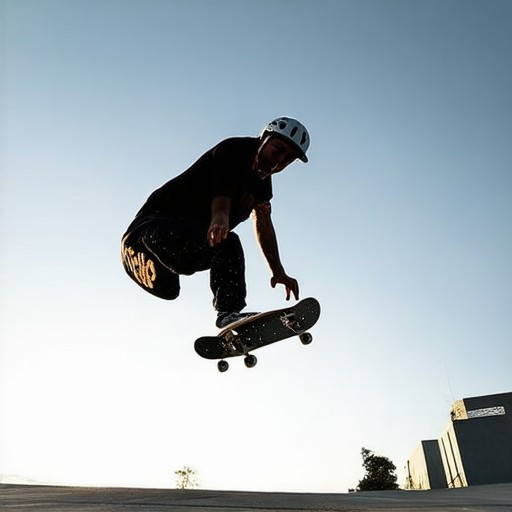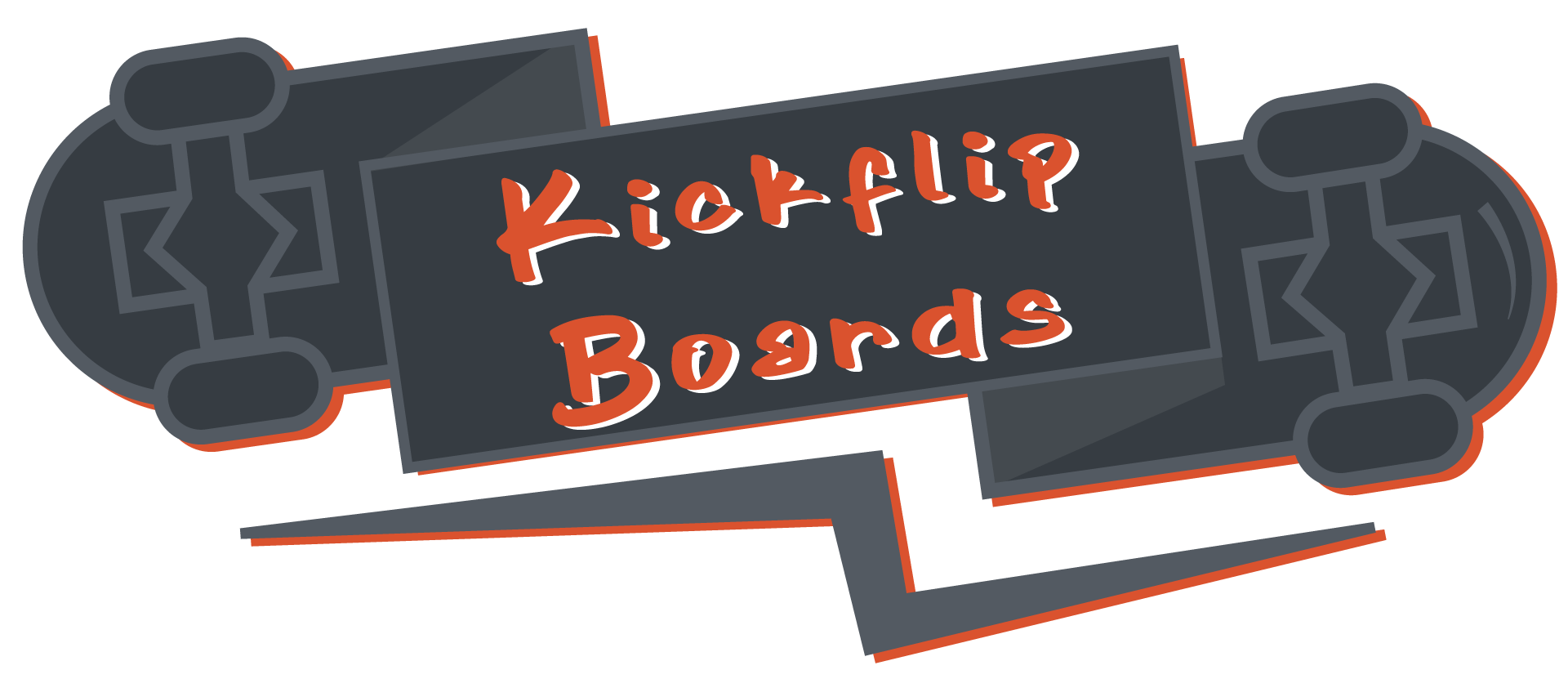Adjusting the tension of your skateboard trucks is essential for optimizing both control and comfort during your rides. Whether you’re a casual rider or a frequent skateboarder, understanding how tight or loose your trucks should be can significantly impact your overall experience. While some riders prefer a firmer grip for better stability, others may favor a looser setup for a smoother transition. In this guide, we’ll explore everything you need to know about tightening and loosening your skateboard trucks, including how to identify if your trucks are too tight or too loose, and how to achieve the perfect balance for your riding style. By mastering the art of adjusting your trucks, you can enjoy a more responsive and comfortable ride, whether you’re cruising down a smooth pavement or navigating rough terrain. Keep reading to discover the secrets to achieving optimal skateboard truck tension and improving your riding performance.

How Tight Should Skateboard Truck Bolts Be?
The optimal tightness for skateboard truck bolts is achieved when they are snug against the grip tape. Here’s a concise guide:
- Snug Fit:** Tighten the bolts until the heads are flush with the grip tape. This ensures security without excessive tightness.
- Too Loose:** Can lead to wheel slippage or disconnection during tricks or regular riding.
- Too Tight:** May cause wheel binding and hinder control.
For tool requirements, use a standard wrench or screwdriver. Regular checks are recommended to maintain proper tension, ensuring a smooth ride and preventing accidents.
How to Fix a Wobbly Skateboard
To address a wobbly skateboard, follow these organized steps:
- Check and Tighten Kingpin Bolts: Locate the kingpin bolt in the center of each truck. Use a skate tool to tighten these bolts. This adjustment will increase stiffness and stability.
- Tighten Side Nuts: Inspect the nuts on each side of the truck. Use a wrench or skate tool to secure them. This ensures the trucks are firmly attached.
- Replace Bushings if Necessary: Examine the bushings between the trucks and wheels. Replace them if they are worn out or damaged. This improves alignment and reduces wobbling.
- Inspect Wheels for Damage: Check each wheel for dents, cracks, or unevenness. Replace any damaged wheels to ensure smooth rolling.
- Tighten Axle Nuts: Secure the axle nuts on each wheel. This step helps maintain proper wheel alignment and stability.
- Check for Deck Warping: Look for any bends or warps in the deck. If present, consider bringing it to a professional for assessment and repair.
- Adjust Foot Position: Stand in your optimal stance, distributing your weight evenly. This ensures better control and reduces instability.
- Inspect for Loose Components: Conduct a thorough check of all bolts and nuts. Tighten any that are loose to prevent movement.
- Clean or Replace Bearings: Remove and clean the bearings. Replace them if they are worn out. Clean bearings prevent rough rolling and instability.
- Seek Professional Help if Needed: If issues persist, visit a local skate shop for specialized attention and repairs.

How to Make Your Skateboard Wheels Tighter
To tighten your skateboard wheels properly, follow these steps:
- Tools Needed: A skate tool or axle nut socket.
- Remove the Wheel: Slide the wheel onto the truck, ensuring it stays in place.
- Access the Axle Nut: Slide the trucks axle through the bearings until you reach the nut. Insert the tool or socket to loosen the nut slightly.
- Place the Washer: Reinstall the original washer on the axle before tightening the nut.
- Tighten the Axle Nut: Hand-tighten the nut clockwise until snug. Repeat for all four wheels.
- Check Torque Setting: Aim for a torque setting of approximately 25-30 Nm to avoid damaging components.
- Test Ride: After tightening, ride the board to ensure stability and control. Adjust if necessary.
- Maintain Cleanliness: Clean the area with a lightly oiled rag to prevent rust or dirt buildup.
Keep your wheels snug for better balance and control, but avoid over-tightening to protect your bearings and trucks. Regular checks will help maintain optimal performance.

Are Skateboard Trucks Supposed to Be Wobbly?
Skateboard trucks are not inherently wobbly. The wobbliness, often referred to as “speed wobble,” typically occurs when skating at higher speeds, usually exceeding 100 mph. This phenomenon is influenced by the looseness of the trucks, which allows for greater maneuverability at such speeds. However, at slower speeds, trucks should function smoothly without excessive wobble.
When Is Wobbliness Normal?
Speed wobble becomes noticeable and normal when skating at elevated velocities. At these speeds, a certain degree of truck movement enhances control and responsiveness, which is essential for maintaining stability and agility.
Adjusting Truck Tightness
If wobbliness is a concern, particularly at lower speeds, you may consider tightening your trucks. This adjustment can reduce wobble but may also affect your ability to maneuver quickly. Balancing tightness and responsiveness depends on your skating style and speed preferences.
In summary, skateboard trucks are designed to provide optimal performance under various conditions. While wobbliness is a normal effect of speed, adjustments can be made to tailor your setup for comfort and control.
Is It Better to Have Tight or Loose Trucks?
The choice between tight and loose trucks primarily depends on your riding style and preferences. Here’s a breakdown of the differences:
- Tight Trucks: Provide greater stability and control, making them ideal for technical maneuvers, tricks, and high-speed carving. They are often preferred by experienced riders who need precise handling.
- Loose Trucks: Offer a smoother ride with more flexibility, which is beneficial for casual cruising and transitioning between moves. They are favored by those who prioritize comfort and ease of use.
Ultimately, the decision comes down to personal preference. Some riders find tight trucks more responsive, while others prefer the forgiving nature of loose trucks. Consider trying both setups to determine which feels best for your riding style. For more information on skateboard equipment, visit our resource site Kickflip Boards .

How to Tighten Skateboard Trucks
Tools You Will Need
To tighten your skateboard trucks properly, you will need:
- A skate tool (usually included with most skateboards)
- Allen keys (usually size 2 or 3mm)
- Patience and precision
Steps to Tighten Your Trucks
- Locate the Kingpin Nut: Find the small circular nut on top of the truck axle. This is called the kingpin nut.
- Tighten the Kingpin Nut: Place the skate tool over the kingpin nut and turn it clockwise until it feels snug. Avoid over-tightening, as this can strip the threads or damage the nut.
- Check for Loose Components: After tightening, inspect the entire truck to ensure no other parts are loose. This includes the wheels, bearings, and axles.
- Bend the Axle: Gently bend the axle to ensure the wheels are aligned properly and the truck is stable. This helps prevent wobbling during riding.
- Test the Truck: Ride the skateboard to ensure the truck feels stable and responsive. If it seems loose or unstable, double-check the kingpin nut and axle alignment.
Conclusion
Tightening your skateboard trucks properly ensures optimal control and performance. By following these steps, you can maintain your trucks for extended use and enjoy a smoother riding experience.
Kickflip Boards recommends checking your trucks regularly and replacing them when necessary to keep your ride safe and efficient. For more tips on skateboard maintenance, visit our How to Maintain Your Skateboard guide and explore our Skateboard Maintenance Tips .




0 Comments